

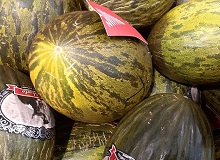
Melons were grown in Egypt during the third millennium before Christ. The fruit can have either a spherical or elliptical appearance and its weight ranges from 400 grammes to 20 kg, though it rarely exceeds 5 kg.
In modern times they have been used therapeutically in very small doses to treat insomnia, rheumatic pain and gout. However, it is a very poisonous plant - an overdose can cause tachycardia, delirium and even death.
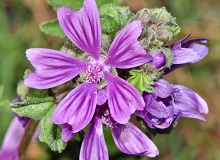
The word “mallow” only appears once in the Bible, in this quote from the book of Job, to refer to an edible plant near to desert regions.
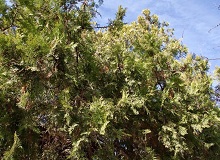
Wood was scarce in Biblical lands, due to the poverty of the forests, it had to be imported from other regions, like Lebanon. Wood was reserved for feeding the fires of their sacrifices.

Jesus had the audacity to give the term a completely opposite meaning to the connotations that were familiar to his hearers.

The common hare in Palestine, or Cape hare (Lepus capensis) looks like a giant rabbit but, unlike the latter, they have body-hair when they are born and can see, as their eyes are already open.
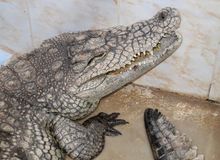
Its meaning has been a subject of debate among translators since ancient times, as it is a mythical monster common to many Semitic mythologies.
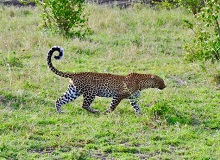
The Bible mentions the leopard several times with the Hebrew term namer, which means literally “the spotted beast”.
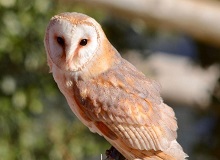
It is estimated that a couple of owls can eliminate up to two thousand mice per year.
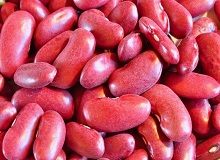
The regard in which they were held can even be seen in some of the names that were given by the Romans: Fabius comes from the Latin word Faba, meaning bean: Cicero comes from cicer, meaning chickpea.
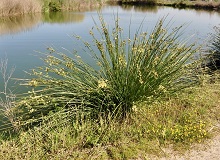
When she could hide him no longer, she got a papyrus basket for him and coated it with tar and pitch. Then she placed the child in it and put it among the reeds along the bank of the Nile. Exodus 2:3
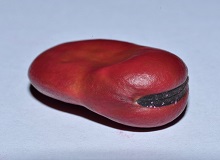
Beans (Vicia faba) formed part of the Hebrews’ staple diet. During hard times and famine, they would mix beans with cereals in order to make coarse bread.

Fig-trees appear more than forty times in the Bible, while the fruit of the tree is mentioned some twenty times.

In the Holy Land alone, there are some 90 types of herbaceous plants, each divided into hundreds of different subspecies.

The hyena was a common animal in the Holy Land in the Biblical era, and even today it can still be seen.

The New Testament refers to hyssop in relation to the sacrifice of Christ on the cross

Despite being a plant that grows wild in Palestine, it is never mentioned in the Bible.

Beech trees need cool, nutrient-rich soil, as well as plenty of rain and atmospheric humidity. These conditions are not common in Palestine, so there are not likely to have been any beech groves there.

We do know is that they had to be consumed as part of the Passover celebration,

One Biblical term for “the worm that does not die” is the mentioned Greek term, skólex, which appears in the New Testament to refer to Hell, or the permanence of eternal death.

The bird is famous for its dances, and its up to five-metre leaps in air when they gather in small groups, in a sort of social recognition ritual.

Certain food agencies are considering the possibility that in the future insects could become the main source of protein for humanity. The Bible envisaged this scenario thousands of years ago.

A pair of swallows can clock up as many as a thousand flights in search of little mud-balls until their nest is complete.

Genetic research places the first human beings in the South African country. Christian scientists say the study is inconclusive and the debate about our origins will continue.

The Hebrew term shajaph, translated as “seagull” in the Old Testament, literally means “thinness”.

Las opiniones vertidas por nuestros colaboradores se realizan a nivel personal, pudiendo coincidir o no con la postura de la dirección de Protestante Digital.